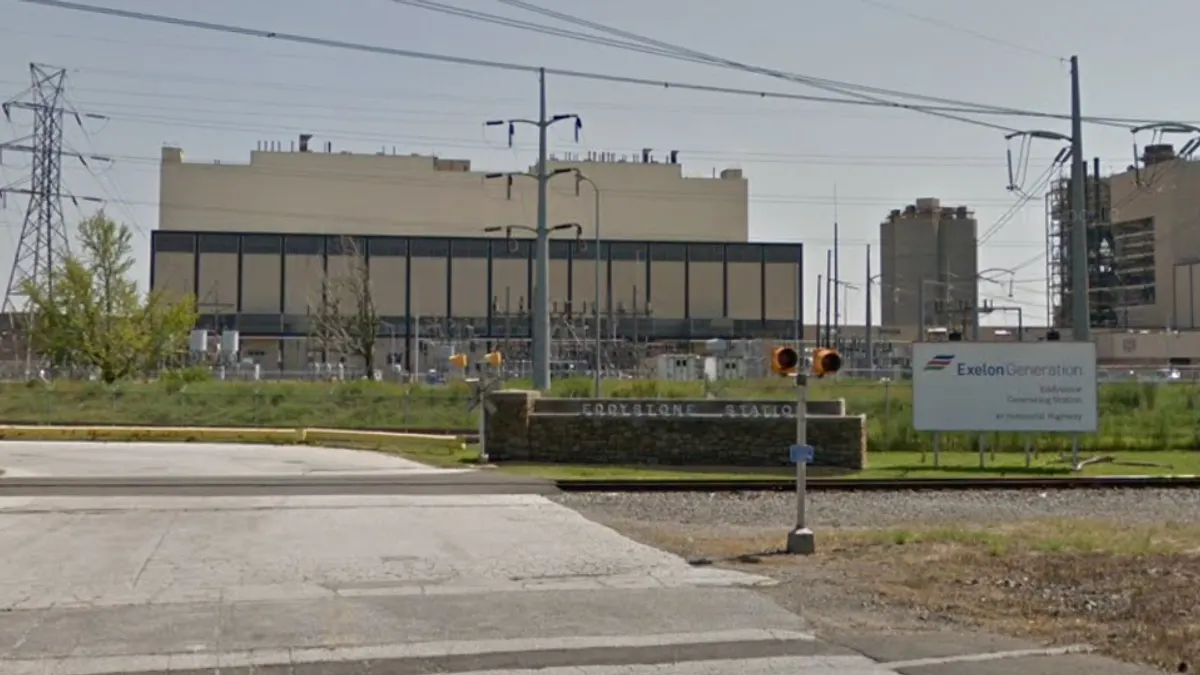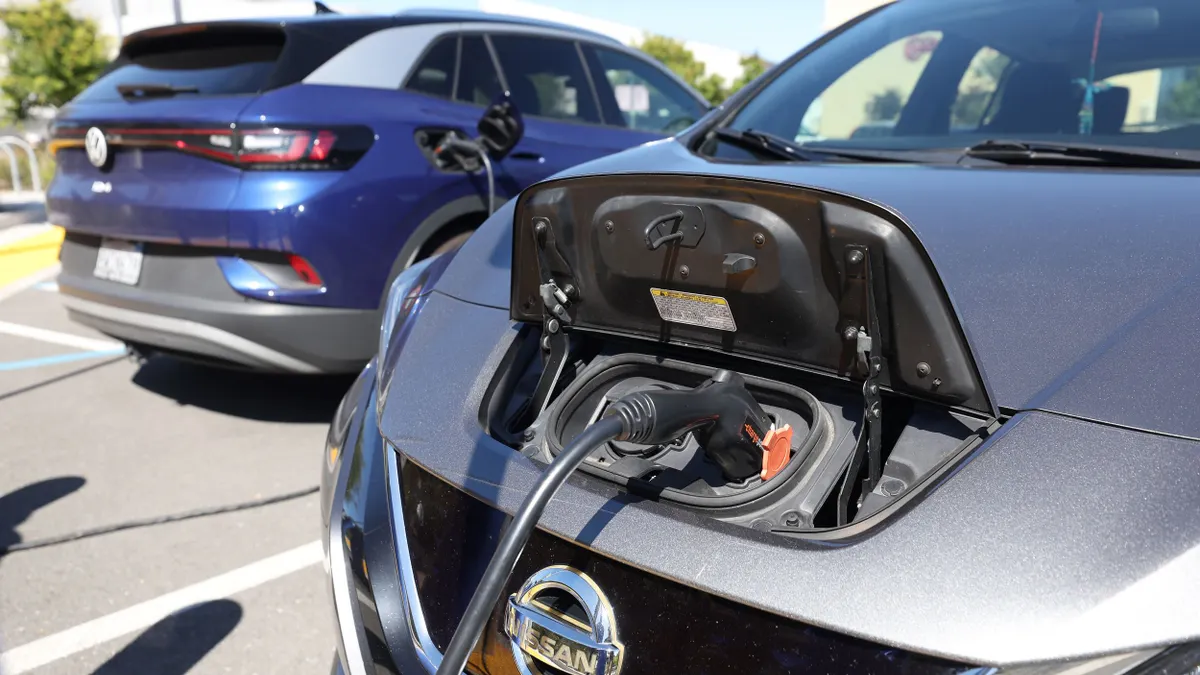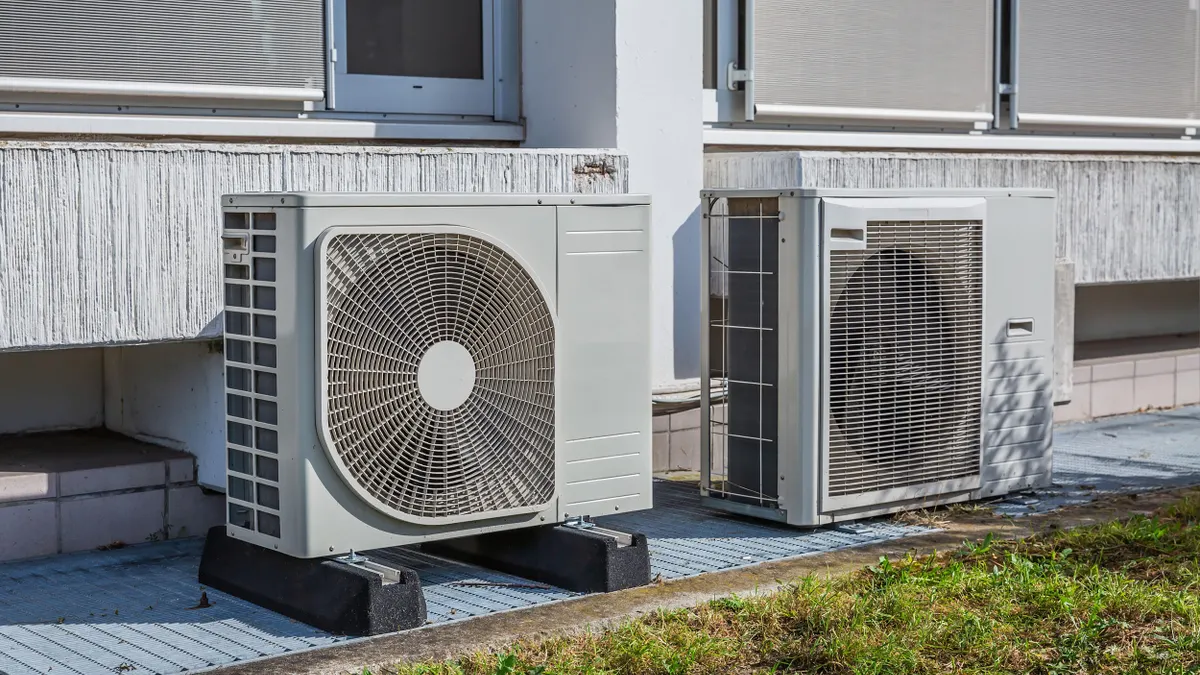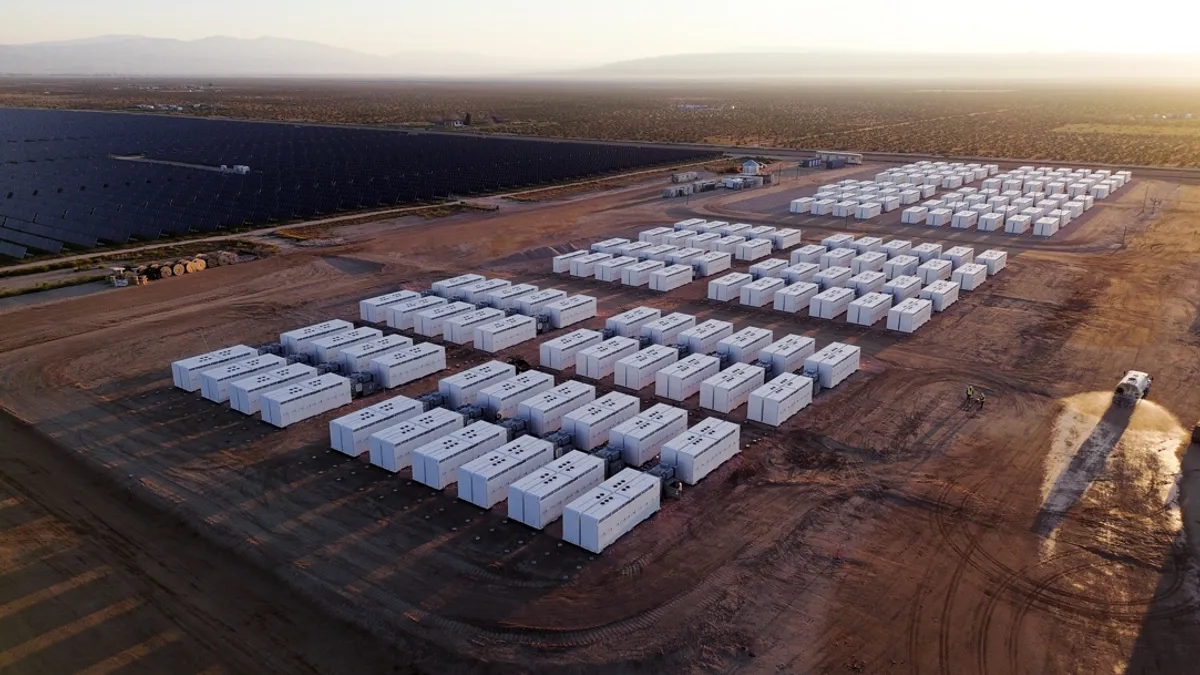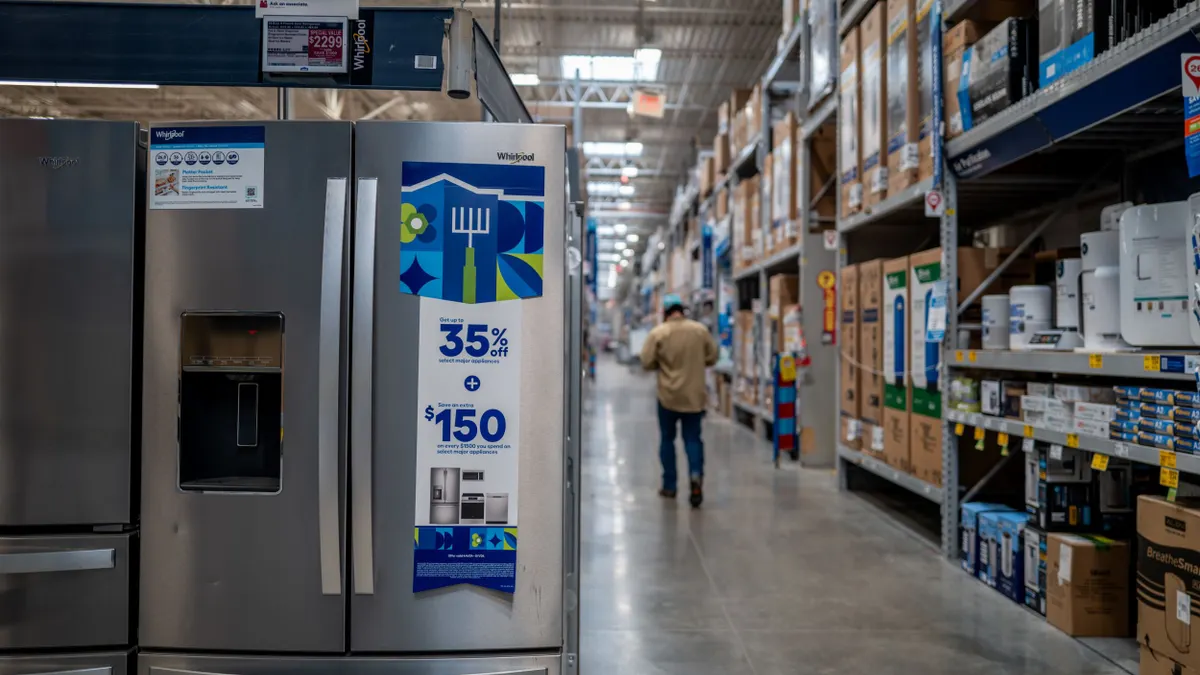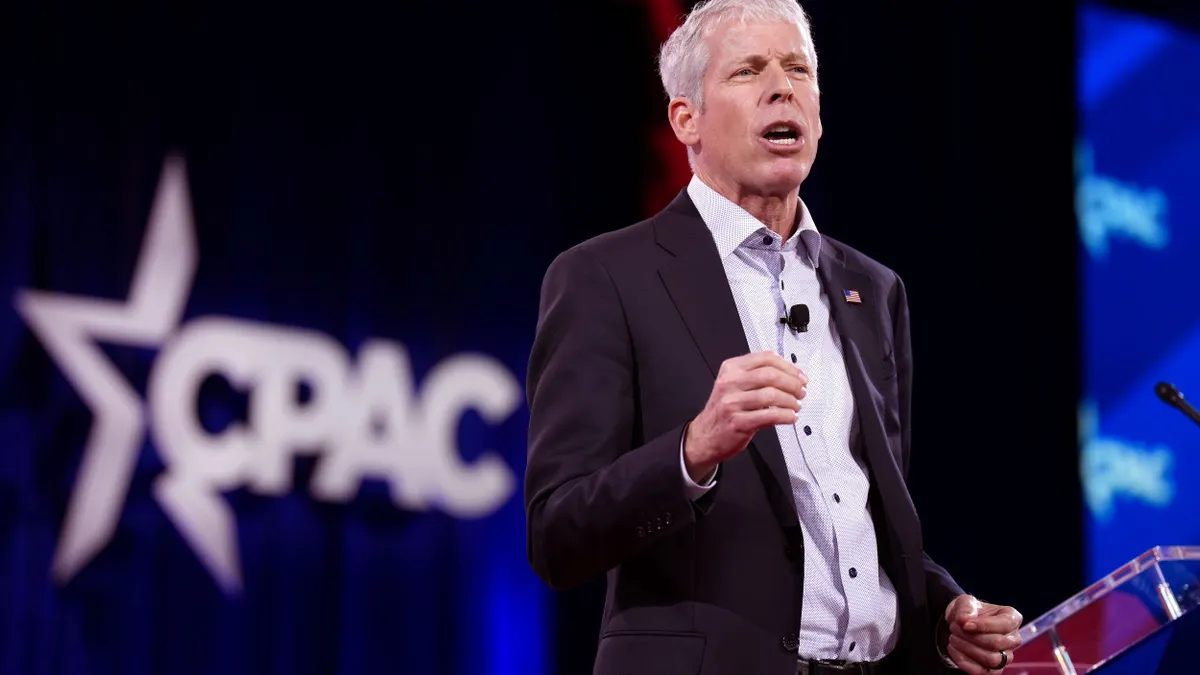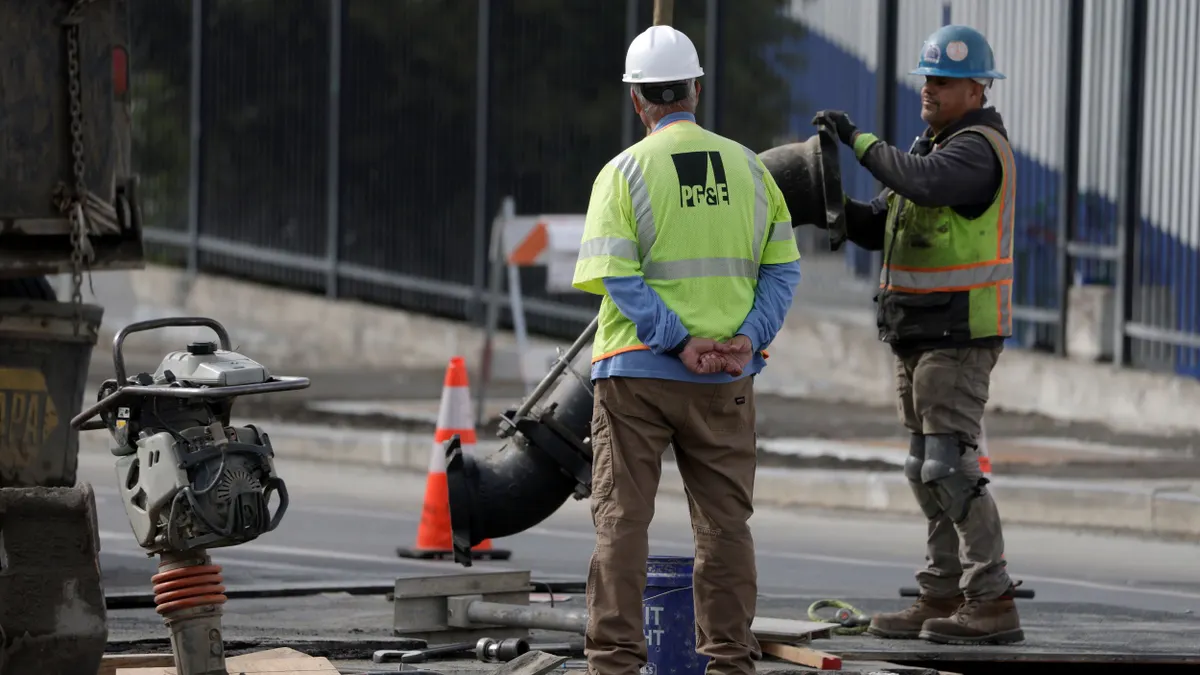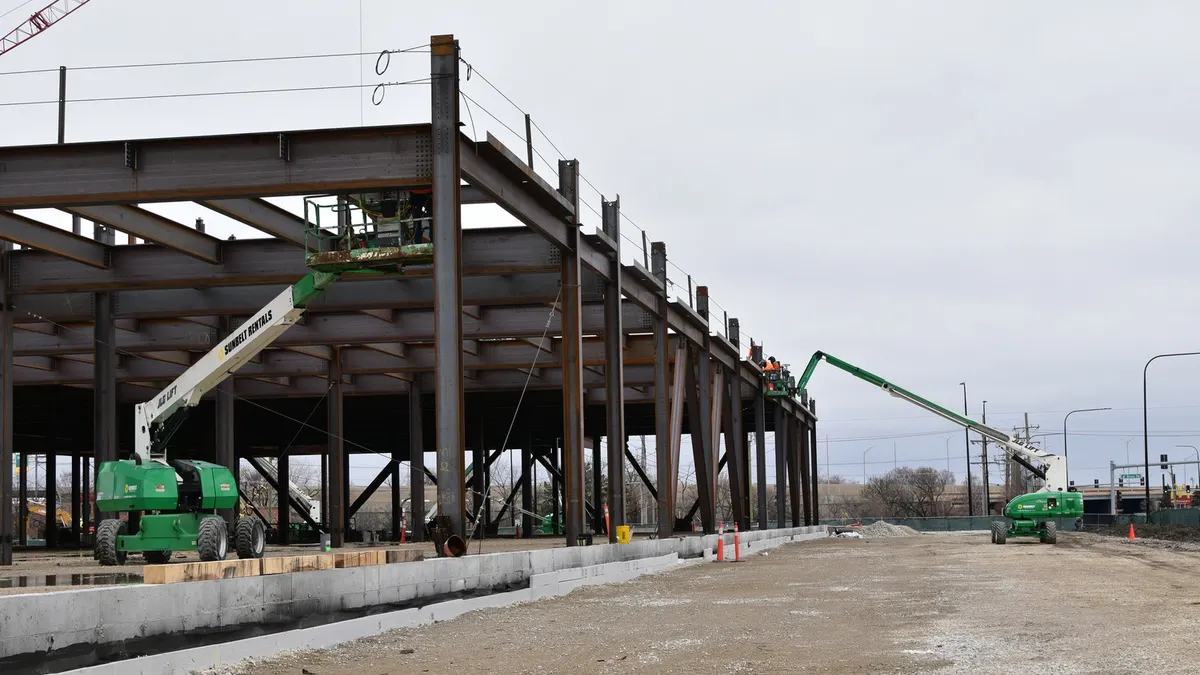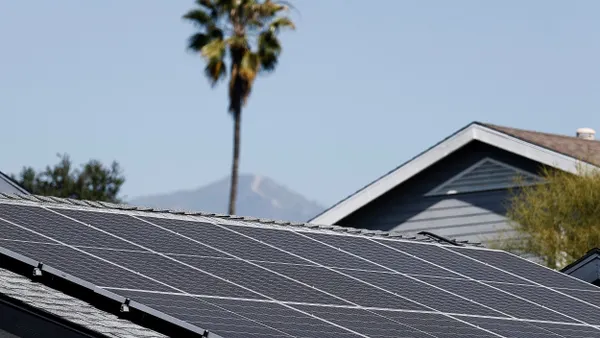Sunnova Energy International is pushing back against Southern California Edison and other utilities that want the California Public Utilities Commission to dismiss the company’s proposal to build and own microgrids in new residential communities.
The application meets the requirements for the CPUC to hold a hearing on the proposal for creating micro-utility microgrids in new master-planned residential communities, Sunnova said in a filing Friday.
Under Sunnova’s proposal for new communities of up to 2,000 homes, each house would have rooftop solar and battery storage and would be part of a community microgrid that would include a community-scale photovoltaic system, energy storage and emergency generation.
Arguments by California’s investor-owned utilities — Pacific Gas & Electric Co., San Diego Gas & Electric Co. and SCE – with others that oppose the plan, are largely unsupported by precedent, rest on “sky is falling” conjecture and are self-serving, Sunnova said.
SCE contends Sunnova aims to duplicate the utility’s service without adequate oversight.
The Public Advocates Office at the CPUC on Oct. 17 asked the agency to dismiss the application so it can finish setting up rules for microgrids under a process started in 2020 as directed by a state law known as S.B. 1339.
”There are many regulatory issues related to multicustomer microgrids that the commission must address before determining whether [Sunnova’s] proposal is reasonable,” the office said.
The proposal’s opponents are trying to thwart that law, which requires the CPUC to remove barriers to microgrid commercialization, according to Sunnova.
“Required commercialization of microgrids does not mean leaving microgrid ownership and operation as the sole province of the large IOUs, who will not commercialize microgrids, but instead will monopolize them to the detriment of customers,” Sunnova said.
The CPUC’s microgrid rulemaking process, which has advanced to a stage called Track 4, Phase 2, centers on developing rules for utilities to own multi-property microgrids that would be served by third parties, according to the company.
Under Sunnova’s plan, the company would have full control and ownership of the microgrid to make decisions regarding generation, load, islanding, and buying and selling energy and other attributes in the market, Sunnova said.
Sunnova’s application meets all the CPUC’s requirements and follows precedent to be considered by the agency, according to the company.
Moving on the application could help Sunnova take advantage of the Inflation Reduction Act’s new 30% tax credit for microgrid controllers in microgrids built before Jan. 1, 2025, the company said.
Further, more than a dozen organizations have said the CPUC should hold a hearing on the microgrid proposal so the agency can fully consider its merits, Sunnova said.
Those groups are: 350 Bay Area, California Environmental Justice Alliance, California Energy Storage Association, California Solar & Storage Association, Center for Biological Diversity, Clean Coalition, Local Government Sustainable Energy Coalition, Microgrid Resources Coalition, Peninsula Clean Energy Authority, Reclaim Our Power: Utility Justice Campaign, Solar Energy Industries Association, Sonoma Clean Power Authority, The Climate Center, Vote Solar, World Business Academy and Zero Net Energy Alliance.
The Center for Biological Diversity and four other groups said in a joint filing the proposal is “groundbreaking” and should be given full consideration by the CPUC.
“It provides California with an opportunity to jumpstart the commercialization of microgrids and enable communities to build microgrids that enable greater resilience, cost savings and advance our climate goals,” the groups said Oct. 10.
Sunnova’s proposal for microgrids in new housing would help address California’s goals for reducing greenhouse gas emissions while electrifying the housing and transportation sectors, according to Robert Perry, a consultant for World Business Academy, a think tank focused on environmental and other issues.
“This is a real opportunity to examine what's going to be a fairly prevalent use case,” Perry said Monday, noting California has a goal of building 2.5 million homes by 2030.
Sunnova’s proposal offers a simple, cost effective way to integrate distributed energy resources into housing through microgrids that would have CPUC oversight, according to Perry.
“This would allow the beginnings of actual [microgrid] deployment under circumstances that are optimal,” Perry said in support of a hearing on the proposal. “At this juncture, all we're asking for is an honest conversation.”





